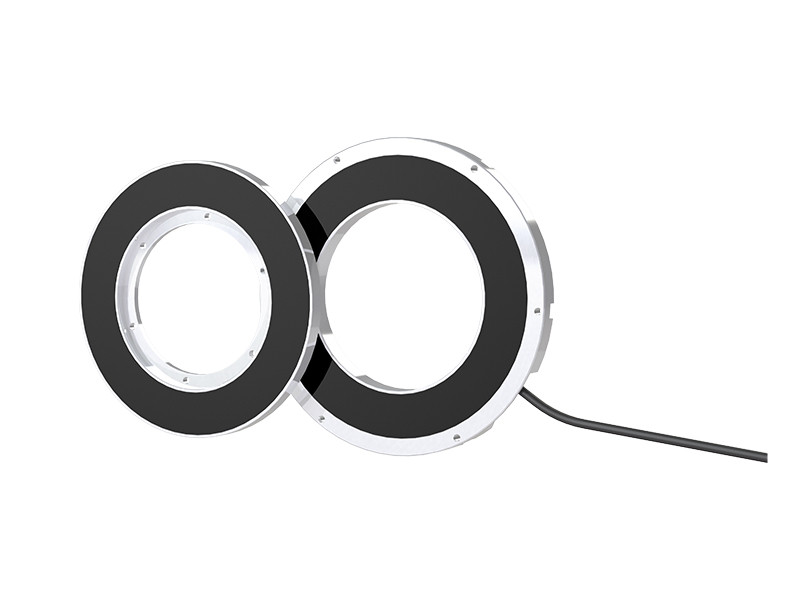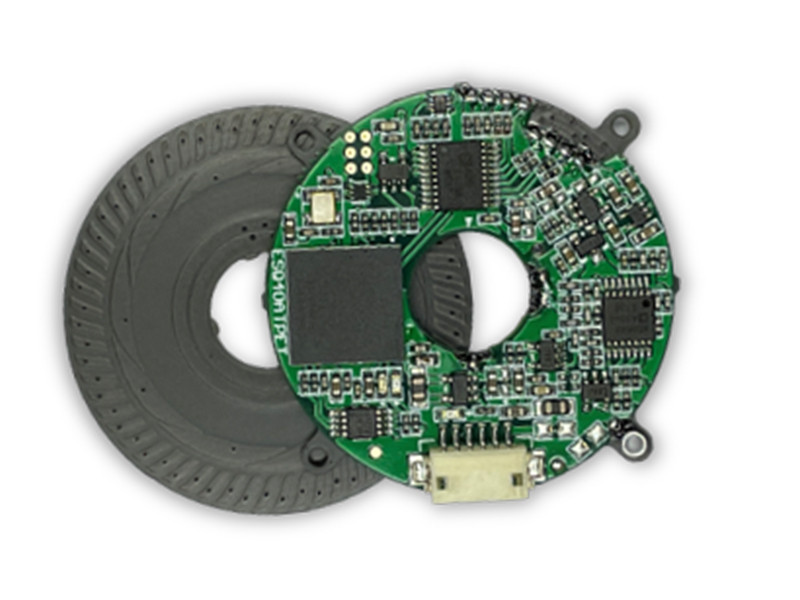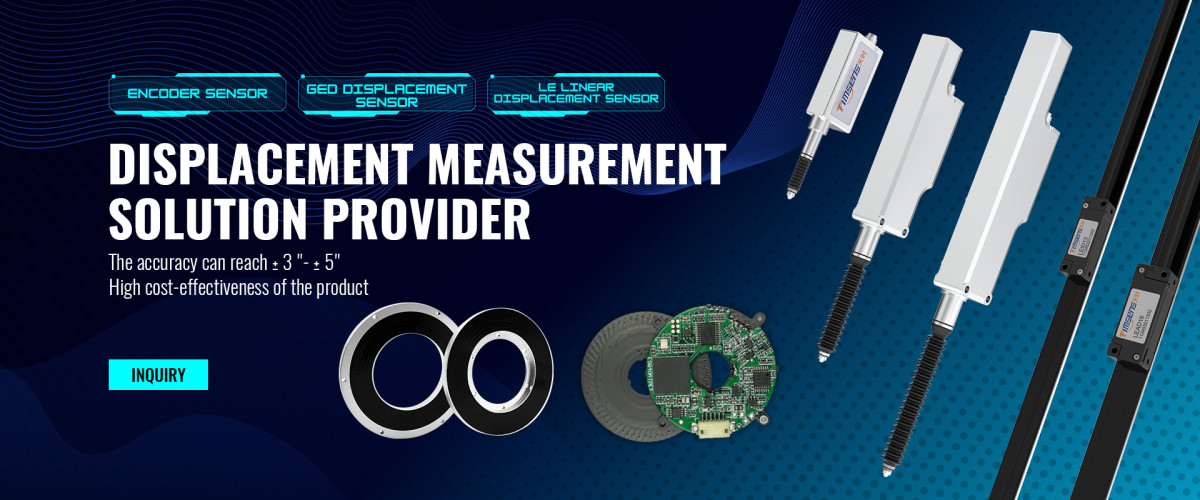Introduction to Time Grating Sensors
Time Grating Sensor represent a significant advancement in measurement and sensing technologies. Designed to improve the accuracy and precision of position, velocity, and acceleration detection, these sensors are part of a new generation of tools used in various industries, from robotics to aerospace. The technology behind Time Grating Sensors differs markedly from traditional sensors, leading to better performance and more versatile applications.
This article will delve into the unique features that set Time Grating Sensors apart from other sensor types, explore how they work, and identify the key advantages they bring to modern industries.
Working Principle of Time Grating Sensors
At the core of Time Grating Sensors is their innovative use of time as a measurement factor. Unlike conventional sensors that rely on mechanical or electrical signal-based readings, Time Grating Sensors analyze time intervals to determine position, velocity, or acceleration. This process is made possible through the sensor's internal structure, where multiple gratings (or grids) interact with light or electromagnetic waves.
Time Grating Sensors typically consist of a grating disk or tape with finely spaced markings. These markings interact with light beams or magnetic fields, and as the object moves, changes in the interaction are recorded as time intervals. The sensor then converts these time intervals into measurable units, such as distance or speed, offering extremely high resolution and accuracy.
Enhanced Measurement Accuracy
One of the most outstanding features of Time Grating Sensors is their ability to provide incredibly precise measurements. Because the sensor measures time intervals with high resolution, it reduces the errors commonly associated with other forms of position detection, such as noise interference or environmental factors like temperature variations.
This increased precision is vital in industries like robotics, where small deviations in position or movement can lead to errors in performance. For instance, in automated manufacturing systems, Time Grating Sensors allow machines to operate with better synchronization and accuracy, enhancing overall efficiency.
Non-Contact Measurement
Unlike many traditional sensors, which require direct contact with the object being measured, Time Grating Sensors typically operate using non-contact methods. This feature is critical in environments where wear and tear or friction could affect the sensor's accuracy or longevity.
Non-contact measurement not only reduces the risk of mechanical degradation but also allows for measurements in hard-to-reach or hazardous areas. For example, in aerospace applications, Time Grating Sensors can measure the velocity of aircraft components without needing physical attachment, thus improving safety and reducing maintenance costs.
High Resistance to Environmental Factors
Another key characteristic of Time Grating Sensors is their robustness in challenging environments. Whether exposed to extreme temperatures, dust, or vibrations, these sensors maintain their high level of accuracy. Traditional sensors, especially those based on electrical signals, are often sensitive to environmental conditions, leading to decreased performance. Time Grating Sensors, by contrast, are designed to be less susceptible to these factors due to their reliance on time-based measurements rather than voltage or current changes.
For example, in automotive applications, Time Grating Sensors are used to monitor engine components that operate under high temperatures and vibrations. Their ability to withstand such conditions without compromising on accuracy makes them invaluable in these scenarios.
Versatility in Applications
Time Grating Sensors are used across a broad spectrum of industries due to their versatility. Their ability to measure a range of parameters such as position, speed, and acceleration with high precision makes them suitable for various fields, including:
- Robotics: Time Grating Sensors improve the precision of robotic movements, essential for automation and manufacturing processes.
- Aerospace: Used in navigation and monitoring of flight components, these sensors help maintain safety and efficiency.
- Automotive: Time Grating Sensors play a crucial role in monitoring engine performance and other critical systems in vehicles.
Medical Devices: Precision in movement detection is crucial in medical machinery, where accurate positioning can affect diagnostic and therapeutic outcomes.
High-Speed Data Processing
Time Grating Sensors can process data at a rapid pace, another advantage that sets them apart. In applications where high-speed feedback is necessary, such as automated systems or high-speed transportation, these sensors excel. The high-speed data processing capability ensures that real-time feedback is accurate and reliable, which is critical for processes requiring immediate adjustments based on sensor readings.
Compact and Lightweight Design
A notable advantage of Time Grating Sensors is their compact and lightweight design. This makes them easy to integrate into systems where space is limited, such as in drones, aerospace applications, or miniaturized robotics. Their small size does not compromise their performance, and they still deliver high levels of accuracy, even in compact form factors.
Low Power Consumption
With the increasing emphasis on energy efficiency in modern technology, low power consumption is a highly desirable feature. Time Grating Sensors consume relatively less power than many other sensor types, making them an ideal choice for battery-operated or energy-constrained systems. For instance, in portable medical devices or remote sensing applications, the energy efficiency of Time Grating Sensors allows for extended operational periods without frequent battery replacements or recharges.
Long Operational Lifespan
Due to their non-contact nature and resistance to environmental factors, Time Grating Sensors have a longer operational lifespan compared to traditional sensors. Mechanical wear and tear is a common issue in sensors that require contact with the object being measured, but Time Grating Sensors avoid this problem entirely. This longevity translates into lower maintenance costs and less frequent sensor replacements, which is particularly beneficial in large-scale industrial operations.
Integration with Modern Digital Systems
Time Grating Sensors are well-suited for integration with modern digital systems, including those that require real-time data analytics. Their ability to interface with digital controllers and processing units means they can be seamlessly integrated into automated systems, IoT networks, and smart manufacturing platforms. This compatibility enhances their utility in a wide range of applications, from smart factories to autonomous vehicles.
Cost-Effectiveness Over Time
While the initial cost of Time Grating Sensors may be higher than some traditional sensors, their durability, low maintenance needs, and high precision often result in cost savings over the long term. For industries where downtime due to sensor failure is costly, the reliability of Time Grating Sensors can justify the upfront investment.
FAQs About Time Grating Sensors
What industries benefit the most from Time Grating Sensors?
Industries that require high precision, such as robotics, aerospace, automotive, and medical devices, benefit significantly from Time Grating Sensors.
How do Time Grating Sensors differ from traditional sensors?
Time Grating Sensors measure time intervals rather than relying on mechanical or electrical signal changes, leading to higher precision and resistance to environmental factors.
Can Time Grating Sensors be used in harsh environments?
Yes, Time Grating Sensors are designed to function in extreme conditions such as high temperatures, vibrations, and dust, making them ideal for industrial and automotive applications.
What are the advantages of non-contact measurement in Time Grating Sensors?
Non-contact measurement prevents mechanical wear and tear, leading to longer sensor lifespan and reduced maintenance needs.
Are Time Grating Sensors energy efficient?
Yes, Time Grating Sensors typically consume less power than traditional sensors, making them ideal for energy-sensitive applications like portable devices and IoT systems.
Can Time Grating Sensors be integrated into modern digital systems?
Absolutely. Time Grating Sensors can easily interface with digital systems and IoT networks, allowing for real-time data analysis and system automation.
Conclusion
Time Grating Sensors stand out in the sensor market due to their precision, durability, and adaptability. Their unique method of time-based measurement offers enhanced accuracy, even in challenging environments. From robotics to aerospace, Time Grating Sensors are shaping the future of industries that rely on high-precision sensing technology.
INQUIRY NOW



